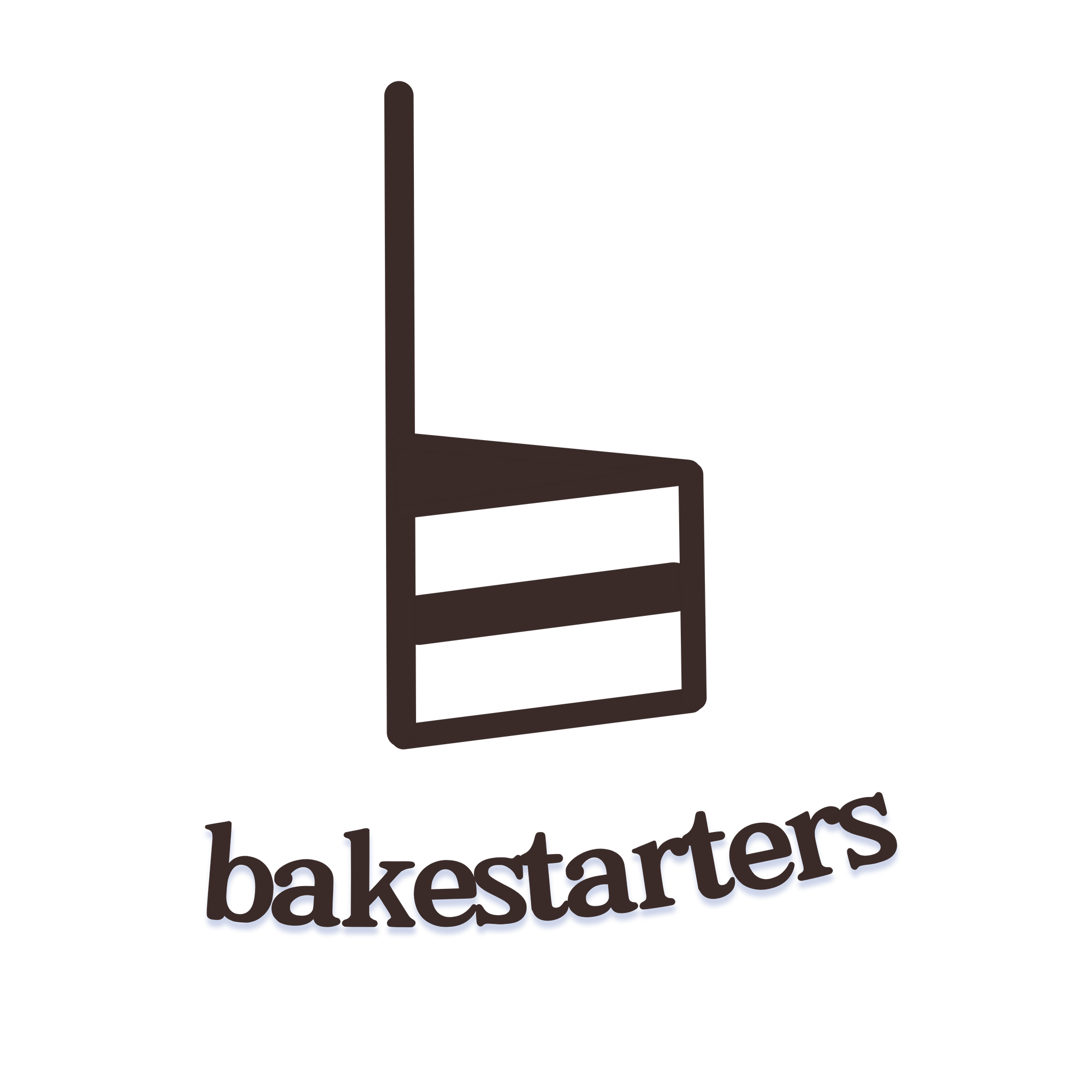Our signature pineapple tarts baking kits are coming back soon!
- About Us
- CHRISTMAS KITS
-
Baking Kits
- contact us
Our signature pineapple tarts baking kits are coming back soon!
November 22, 2022
Here's How To Make Soft And Fluffy Bread:
There's something magical about the bread you get at your local bakeries - they're always sooo soft and fluffy.
Many of these breads, especially packaged ones, are made with a ton of chemical additives such as calcium propionate, amylase, and chlorine dioxide which help keep them soft, light, and fluffy for days.
Ever thought of making a healthier version of those soft, fluffy bread and buns? It’s not as difficult as you might think! You don't even need a mixer, just some good ol' elbow grease will get you delicious bread without all the extra chemicals you don't want. Who says it's impossible to get bakery-soft bread at home? Follow these 5 tips and you're on your way to carb heaven.

All-purpose flour, as its name suggests, is suitable for making all types of baked goods such as cookies, cakes, and bread. It has a lower protein content than bread flour; the high protein in bread flour helps to create more gluten and rise in your baked breads, producing a light and chewy texture.
While you can substitute all-purpose flour for bread flour, it is highly recommended to follow the type of flour required by the recipe for optimum results.

The Windowpane Test is very useful when making bread. Also called the Membrane Test, it is used to test if your bread dough has been sufficiently kneaded. Insufficient kneading will result in underdeveloped gluten, creating a dense loaf. This doesn’t only apply for breads you bake in the oven – even breads that are cooked on the stove require optimum kneading for a pleasant chew!
 No-bake Cranberry Cream Cheese Buns from the Bakestarters' Live Virtual Baking School
No-bake Cranberry Cream Cheese Buns from the Bakestarters' Live Virtual Baking School
To do the Windowpane Test, check your bread dough by taking a small ball of dough. Next, using your fingers, gently stretch it out in circular motions while rotating it. Your dough is good to go when it yields a translucent membrane, similar to that of a windowpane. If your dough breaks/tears easily, then continue kneading for a couple of minutes before repeating the test.
Watch video tutorial:

We know that yeast helps our bread rise, but what does it actually do inside your bread dough?
Yeast cells are alive and will consume the sugars they interact with. In return, they produce carbon dioxide, the gas that creates air bubbles inside your bread dough and makes it rise.
However, this can only happen when the right conditions are met. We must maintain the temperature at around 37°C. The yeast will not become active if it’s not warm enough, but it’ll eventually die if it’s too hot.
There are two common methods to proof bread dough. Most recipes tell you to proof bread dough at room temperature, which works perfectly fine – Singapore’s weather is warm enough to support the yeast’s activity!
Another method is oven proofing, which is applied to certain types of bread to get the desired results. Oven proofing is done by placing the bread dough alongside boiling water in a closed oven that’s turned off.

This method traps steam in the oven, creating a warm and even temperature, helping your bread rise faster and more evenly. This method also makes bread lighter with more air pockets inside, which is expected in certain types of bread like the Rosemary Olive Focaccia taught in our Live Virtual Baking School.
Learn all the different methods you can use to proof bread in our school, from kneading techniques, identifying when your dough is done, to shaping, assembling, filling and more.

Whenever possible, it is always recommended to use weight measurements instead of measuring cups when weighing ingredients.
Using measuring cups has the tendency to be inaccurate if you do not use them properly. Depending on the way you measure your flour, the resultant weights can be very inconsistent and even differ by 10 grams or so, thereby affecting the end result of your baking.
Using too much flour will result in a heavier and denser bread dough, which is not what we want. Therefore, always remember to ensure that your ingredients are measured precisely!
It's very tempting to throw your bread in the oven and leave it there until the timer rings, especially after a long kneading session. Don't do that! Every oven is slightly different and has hot spots, so keep an eye on your loaf, and rotate it if one side appears to be browning too quickly. 
In our Orh Nee Woolbread virtual baking class, you’ll learn how to give your bread an even golden-brown surface throughout. You’ll also find out what special ingredient helps to achieve that luscious sheen! (hint: it’s a pantry staple)
Baking bread might look scary with all the proofing and kneading involved. But trust us, once you have gotten the hang of it, you'll realise how fun and simple it is! You can fill them with tons of fillings and shape them in a myriad of different ways. The possibilities are endless.
Always wanted to try baking your own bread but don't know where to start? Join our Live Virtual Baking School and get real-time guidance on tried-and-tested recipes! You’ll get hands-on experience with working on different kinds of bread dough, from sweet bread dough to high-hydration doughs such as focaccia.

All classes come with a downloadable recipe and course notes, with accurate measurements and ingredient/tool alternatives that will help you achieve delicious baked goods every time. Join unlimited classes at one low fee!
Here’s a sneak peek of one of our bread baking live classes. Join the fun now!

Comments will be approved before showing up.
January 03, 2024
